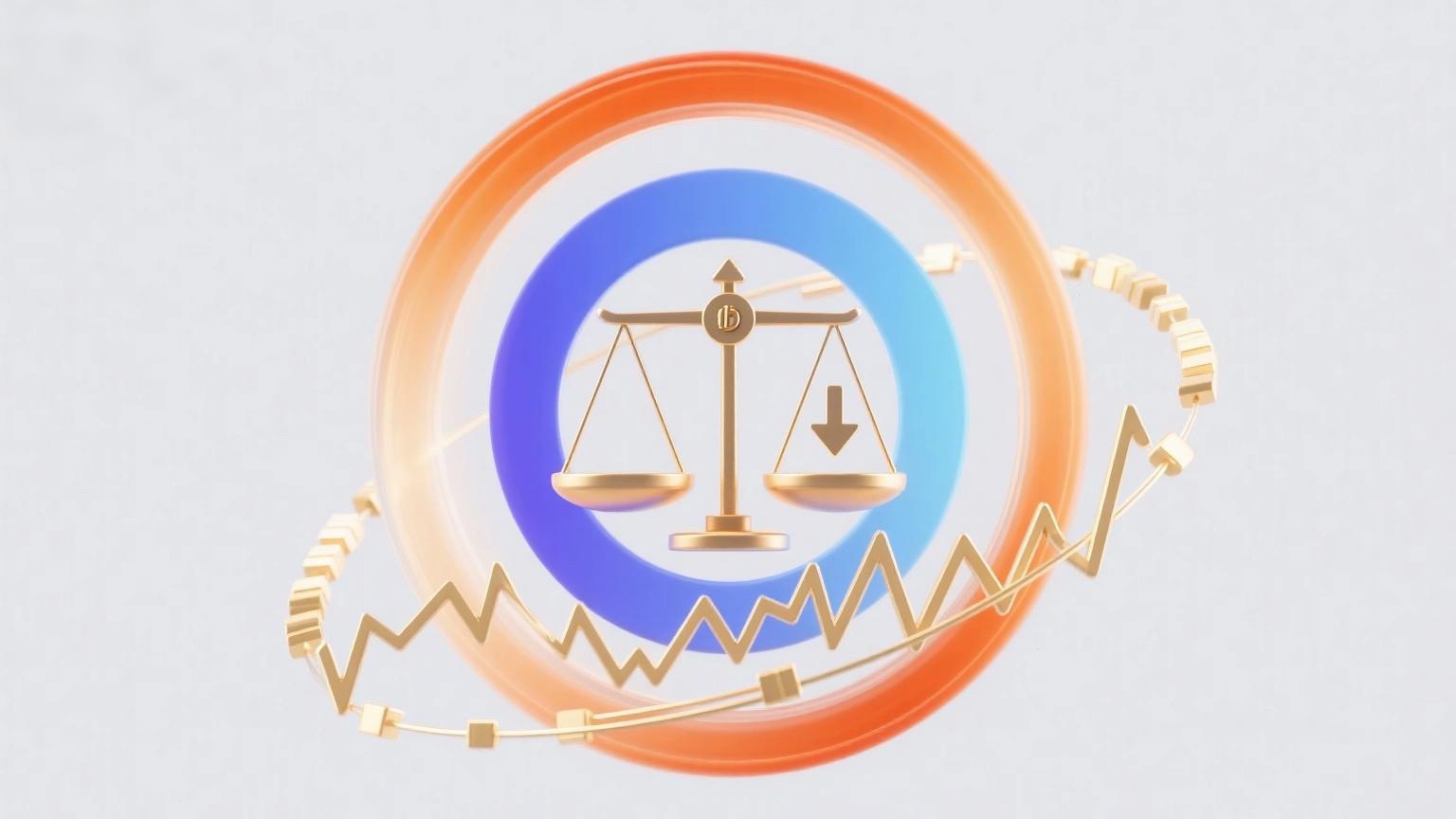
Algorithmic stablecoins, or so-called algorithmic elastic stablecoins, operate on a logic where a self-contained system is formed by proprietary algorithms + target price + rebase (elastic supply). There’s significant innovation here, but of course, great innovation also means great risks.
Is it a false proposition? Retail investors don’t care about this—if it were truly a stablecoin, trading volume wouldn’t have surged so dramatically, nor would so many people be buying this thing.
People buy it because it’s unstable, and use it because it’s stable.
Would you invest in USDT, DAI, USDC, or other such coins? Most likely, people entering the crypto market buy these stablecoins to conveniently invest in Bitcoin, Ethereum, or other crypto assets. Elastic stablecoins themselves currently cannot achieve stability. In the future? They probably won’t stabilize either, unless… AMPL’s market cap becomes massive, enough people participate, and it neither deflates nor inflates but fluctuates within the so-called $0.95–$1.05 range. That would belong to the "once-in-a-lifetime" category. Don’t hold too much hope—people’s expectations aren’t for it to stabilize but to profit.
Algorithm + target price + rebase—if a stablecoin is truly achieved in the future, I’d be delighted to see it, because the world’s monetary system would then have a currency created out of thin air without credit backing or asset collateral. That’s a fascinating development, so it can’t be called a "false proposition." If we leave the proof to time, this proposition can currently only be partially disproven logically. As long as the coin hasn’t collapsed or gone to zero, it’s still alive, making it hard to declare AMPL and other algorithmic elastic coins as false propositions—because they can’t be disproven for now.
These emerging algorithmic elastic stablecoins haven’t withstood multiple death spirals (meaning they haven’t passed the test of time). One misstep in the next death spiral, and they could go to zero. The risks are as high as a casino, so investors should proceed with caution.
















